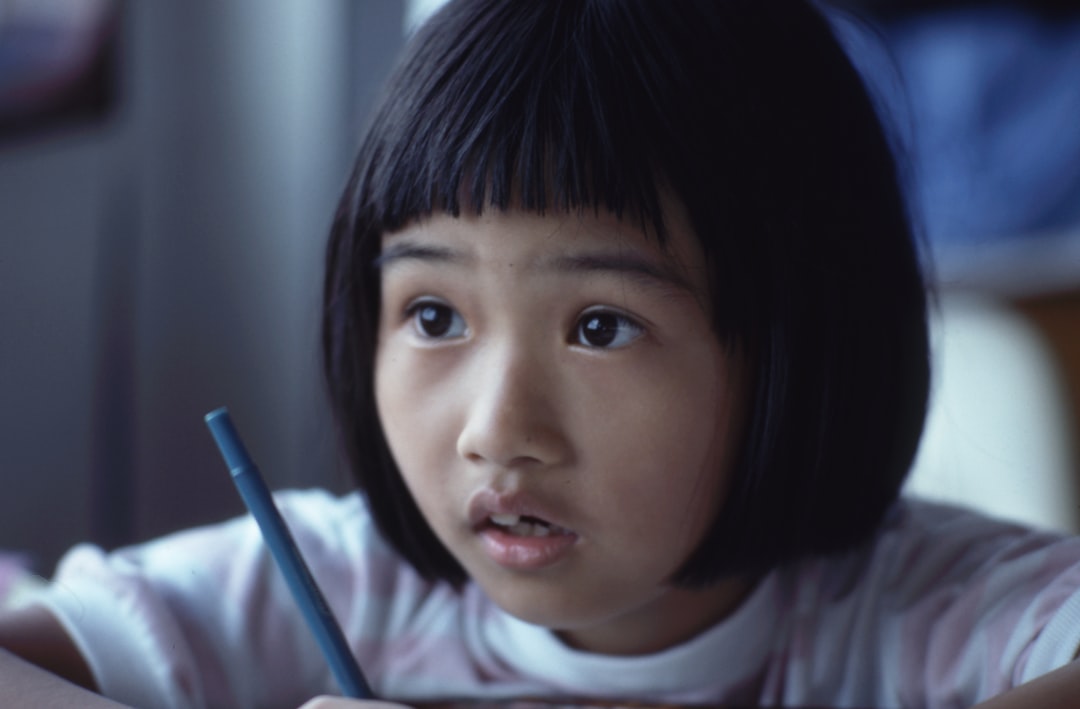What is it about?
Enhancing synchronization among people when synchronization is lacking is believed to improve their social skills, learning processes, and proficiency in musical rhythmic development. Greater synchronization among people can be induced to improve the rhythmic interaction of a system with multiple dancing robots that dance to a drum beat. A series of experiments were conducted to examine the human–human synchrony between persons that participated in musical sessions with robots. In this study, we evaluated: (a) the effect of the number of robots on a subject’s ability to synchronize with an experimenter; (b) the effect of the type of robot synchrony, namely, whether the robots did or did not represent the subject’s rhythm; (c) the effect of an in-sync and out-of-sync robot on a subject’s behavior. We found that: (a) three robots increased the level of synchronization between the subject and experimenter and their enjoyment level; (b) robots may induce greater synchronization between the subject and experimenter by reproducing the rhythms of not only the experimenter but also of the subject compared to when only the experimenter’s rhythms had been reproduced; (c) the robots in-sync had greater influence on the natural rhythm of the subject.
Featured Image
Why is it important?
In this paper, we proposed that multi-party interaction that includes people and robots can increase the level of synchronization in a musical performance. We developed a multi-robot system in which humanoid robots moved according to the drums played by two people. We evaluated how the rhythm projection in the robots affected multi-party interactions. The group of robots representing two persons’ rhythm increased the synchronization in the persons’ rhythm. It is possible that the group of robots representing the persons’ rhythm induced stronger synchronization than the robots representing only the experimenter’s rhythm.
Perspectives
The experiments in this study focused on robots producing rhythm without using any other social signals, such as emotional expression, eye contact, or utterances, which are believed to enhance the sense of group belonging and may influence the synchronization we examined.
Alexis Meneses
Osaka University
Read the Original
This page is a summary of: Effect of synchronous robot motion on human synchrony and enjoyment perception, Interaction Studies Social Behaviour and Communication in Biological and Artificial Systems, September 2021, John Benjamins,
DOI: 10.1075/is.18027.men.
You can read the full text:
Contributors
The following have contributed to this page










